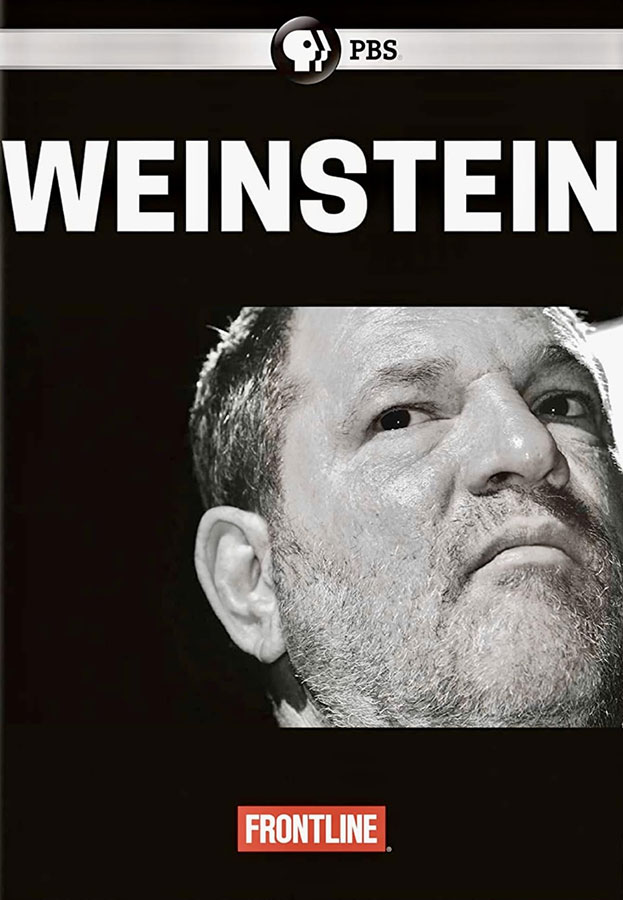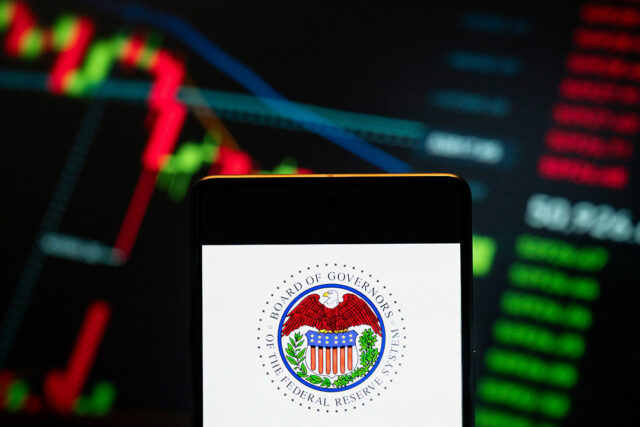Three years have passed since the United States, Australia and United Kingdom announced on Sept. 15, 2021 that they would enter into a security partnership called AUKUS.
A major part of the deal involved the US and UK helping Australia acquire nuclear-propulsion submarines. This decision by the Morrison government controversially entailed backing out of a A$90-billion deal with a French company to purchase 12 submarines.
In recent months, the AUKUS deal has generated a fair amount of criticism from former Prime Ministers Paul Keating and Malcolm Turnbull, former Foreign Minister Gareth Evans, and some in the media.
Critics have focused on five main arguments about AUKUS:
• the pact enhances the prospects of war with China
• Australia doesn’t need nuclear-propulsion submarines
• the deal makes our neighbors in South-East Asia uneasy
• it drags us back to our Anglosphere past, tying us closely to the US and UK
• the forecast cost of the submarines (between A$268 and $368 billion) is unconscionably high.
Yet, each of these claims is based on assertions that miss the point. Here’s why.
1. AUKUS increases the likelihood of war
Some critics argue that by acquiring nuclear-propulsion submarines, Australia will support a more belligerent posture by the US towards China, notably over Taiwan. And this makes war more likely.
This, however, belies American awareness of its own limitations and the risks such a provocative approach would entail.
Others argue AUKUS encourages a military industrial complex that ostensibly makes Australia more of a dependent — rather than independent — ally to the US. And this denies Australia agency in regional or global security affairs.
But this bleak interpretation, again, sees a binary world in which Australia would be expected to support the US unquestioningly in a potential war with China over Taiwan. It also overlooks the prospect that war might not happen — that China will squeeze, rather than seize Taiwan.
As defense expert Peter Dean has observed, the debate over Taiwan’s security is “an argument without context.” It ignores the importance of Australia’s own regional security strategy. Whether or not we’d support the US in a war, Dean says, is the wrong question in the wrong argument.
This belief that AUKUS increases the likelihood of war also misreads the nuanced nature of deterrence for which credible force is needed.
Indeed, realists widely acknowledge that weakness invites adventurism, even aggression. The whole point of having a defense force is to deter would-be aggressors by giving them pause for thought and, failing that, to inflict such costs on an enemy, they fail in their objectives.
Tensions are greater today than they have been in generations. And as strategic studies expert Brendan Taylor argues, there are at least four flash points in Australia’s region: Korea, the East China Sea, the South China Sea, and Taiwan.
Australia has a vested interest in preserving peace and stability in the region to protect and foster its prosperity. Capable and potent deterrent capabilities have proven increasingly effective at doing this, as conflicts in recent years in Ukraine and the Middle East have shown by not spiraling out of control.
So, the AUKUS deal shouldn’t be seen as provocative. Rather, it maintains strong deterrence in the region. Our neighbors understand that.
2. Australia doesn’t need nuclear-propulsion submarines
This myth persists despite mounting evidence. Australia is interested in nuclear-propulsion submarines because its ageing fleet of diesel-electric propulsion submarines has become vulnerable to aerial detection and strikes.
Most of earth is now covered by low-earth polar orbit satellites. Coupled with armed drones, artificial intelligence, and pattern analysis, this means a determined adversary can detect the wake of traditional submarine funnels when they raise their snorkels to recharge their batteries.
Given that stealth had been their only advantage over surface warships, diesel-electric submarines are no longer so useful where long transits are involved.
Australia’s diesel-electric submarines cannot transit from any major domestic or foreign port to their base in Western Australia without multiple snorts. And each snort generates a grave risk of detection. This leaves nuclear propulsion as the only viable option for countries with vast ocean distances to transit, such as Australia or the United States.
Operationally, nuclear-propulsion submarines have other considerable benefits. For one, they can travel faster (about 20 knots on average instead of 6.5 knots). The transit time from Fremantle to the Strait of Malacca, therefore drops from 18 days to just six days.
The faster transit speeds means coverage of key choke points can be maintained with a handful of submarines that can relocate (away from danger or to a new surveillance location) with breathtaking speed.
The nuclear-propulsion submarines can also stay underwater “on station” (at an assigned patrol location, say, the Malacca or Lombok straits) for longer. A fleet should also be able to be deployed three times longer than Australia’s current submarines, remaining undetected without needing to recharge batteries.
3. The neighbors don’t like it
Official reservations about AUKUS in public declarations are entirely understandable, given Indonesia’s “free and active” foreign policy.
Yet, the new enhanced defense pact signed by Australia and Indonesia on Aug. 29 suggests that Indonesia, like the Philippines, Singapore, and Vietnam, are quite comfortable with Australia engaging in AUKUS and with its neighbors concurrently.
4. The focus on the Anglosphere detracts from regional engagement
Australia was once described as a “torn country” because of its geographical location in the Asia-Pacific and its historical and cultural connections to the United Kingdom.
But these days, Australia is successfully managing the tension between its Anglosphere roots and its physical place in the world. Arguably, it’s a key factor making it attractive for foreign students and migrants, luring them away from UK and US alternatives.
Foreign Minister Penny Wong’s diplomatic successes also belie the line that AUKUS detracts from engagement with our neighbors. Successful summits with the Pacific Islands Forum and Association of South East Asian Nation leaders recently make a mockery of such claims.
Even France, the most slighted out of the AUKUS deal, has gotten over it because Australia matters to its Indo-Pacific claims.
Indeed, Labor’s election victory in 2022 allowed for a convenient reset in relations. This has been illustrated with the recently refreshed trilateral “FRANZ” agreement between France, Australia, and New Zealand.
5. The cost is unconscionable
A cost of up to A$368 billion over 30 years sounds like a lot. But this amount is unlikely to be fully spent as other efficiencies may arise and because defense is accommodating the submarines from its existing budget, much to the chagrin of the Air Force and Army having to make cutbacks.
Defense budget increases are occurring only incrementally, with substantial increases slated for several years into the future.
To be sure, the government must grapple with competing demands for missiles, aircraft, drones, and other fighting systems. As retired Lieutenant General Peter Leahy observed, military readiness requires additional expenditures in the short term to hedge against uncertainty.
Ironically enough, however, increased reliance on US-sourced technology is key to enabling a more self-reliant defense posture.
Australia prides itself on its high level of interoperability with the US military as part of maintaining a qualitative technological edge. This is intended to compensate for its lack of quantity when it comes to military hardware and uniformed personnel.
Under AUKUS, the US is transferring the know-how to build, maintain and operate the nuclear-powered submarines in Australia. This relies on trusted access to the most advanced US military technology — building on more than 80 years of collaboration on intelligence matters.
These advanced systems are vital should the US prove unwilling or unable to engage as actively in the neighborhood as we might like in the future.
BALANCING INTERESTS
What has emerged in recent times is what Rory Medcalf, head of the ANU National Security College, describes as “the Australian way of war and peace.” This means Australia is respectfully but firmly asserting its rights, protecting its interests and setting an example for others in the neighborhood to follow.
In weighing up Australia’s interests, we must look beyond the critiques. Now is not the time for yet another submarine about-face.
The geopolitical circumstances and new technological advances point to the need to stay the course.
THE CONVERSATION VIA REUTERS CONNECT
John Blaxland is a professor at the Strategic and Defense Studies Center, Australian National University. From 2015-2018, he received funding from the US Department of Defense Minerva Research Initiative to undertake a study on the US-Thai alliance and Asian international relations (co-authored with Dr. Greg Raymond and published with Routledge in 2021).













